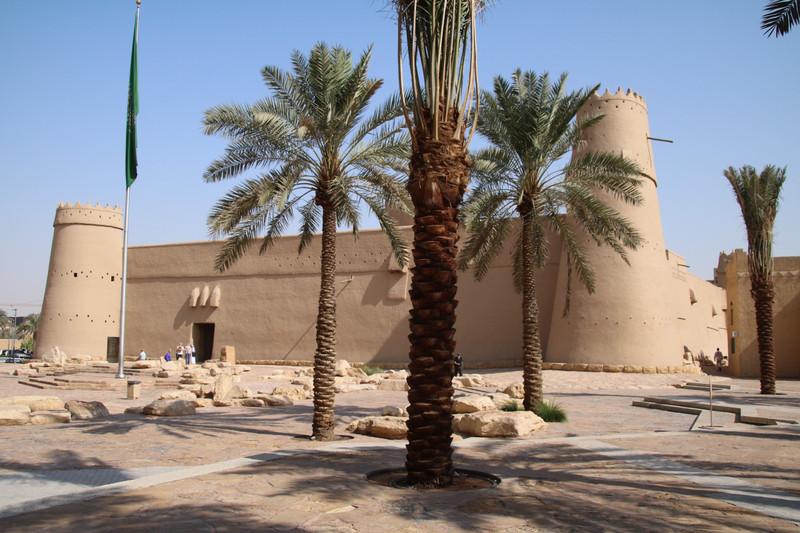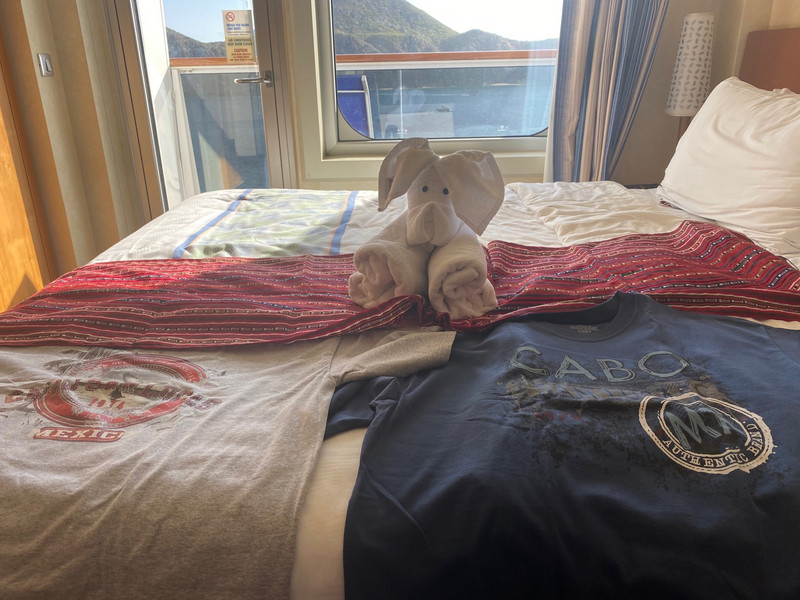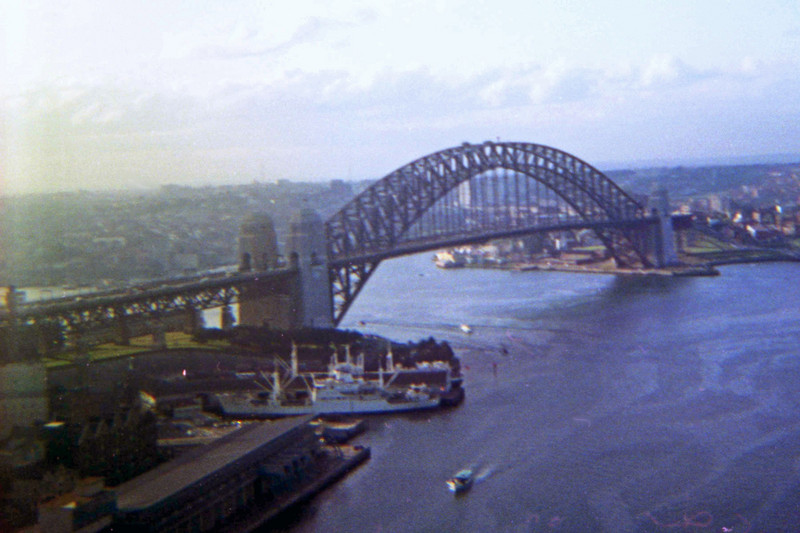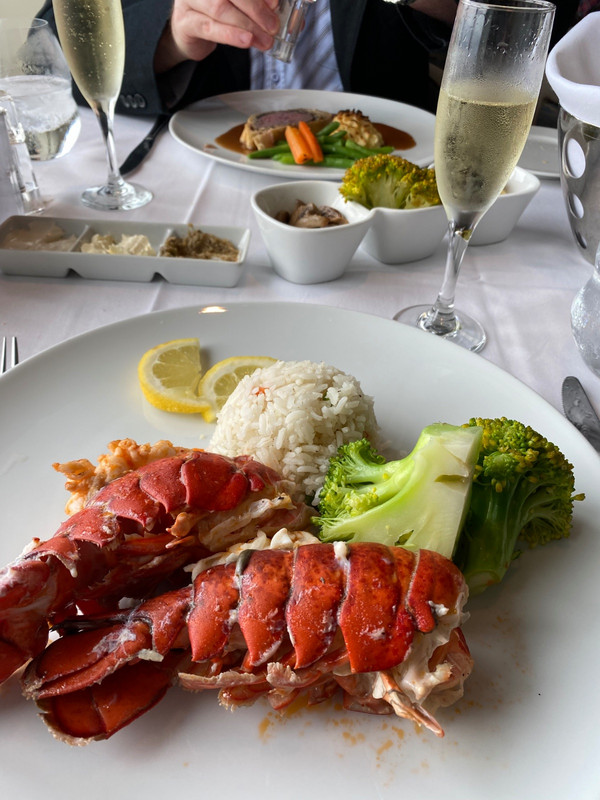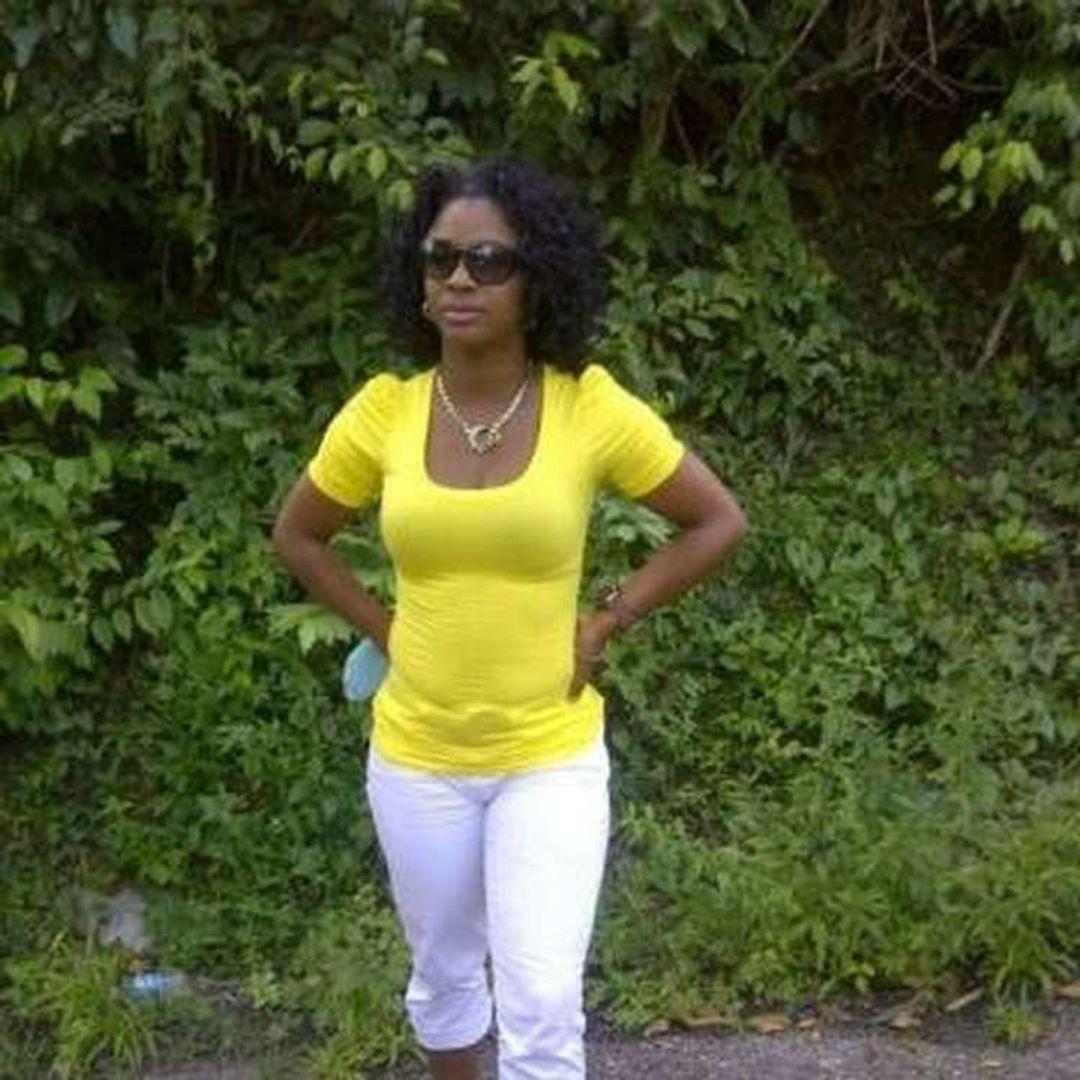Saudi Arabia has only just opened up to tourists, the first visas available in 2019 for just a few months before Covid struck. We start in the capital city of Riyadh where the temperature when we land on a November evening is 25c.
Riyadh is still a work in progress. There is already some great modern architecture but the citys metro is just a series of bridges and holes in the ground. The only way to get around is to walk or drive and almost nobody walks. There are lots of shopping malls, all rather empty of shoppers and two more malls are being built, both claiming to be the largest in the world. Above one mall rises the Kingdom Tower, a 99 story twin tower with a bridge between its spires. When built it was Saudis tallest building but today it is not even in their top ten. The view from the bridge at the top is spectacular.
We visit a number of Saudi historic sights including the beautifully restored Al Masmak Palace fort, which is where modern Saudi Arabia began, and Ushaiger, a village of mud and straw houses that gives us
The worlds largest camel market is north of Riyadh in Buraidah, and it makes us realise that not everything has changed that much. As dawn breaks, we see thousands of camels – black, brown and white; male and female; young and old. Auctioneers wander around, yelling out prices and accepting bids on single camels, camels with young or whole groups of camels. Todays highest priced camel sells for 39,000 SAR, about £8,000. She has great lips and eyelashes, we are told, which together with her soft white coat and good teeth are signs of a great animal. Camels are bought for many reasons - riding, breeding, milking, just for the prestige of ownership or just for their meat. Once bought, the hobbled camels are craned into or trucks to be taken to their new homes.
All the Saudis we meet are friendly but many are a bit bemused. Tourists are rare and we spot them surreptitiously taking our photos, which gives us the chance to talk to them – most can speak some English. The older
ladies are all still dressed in their full black attire from head to foot with just their eyes showing and so are nearly all the younger ones. There is, however, some sign of teenage rebellion with occasional girls not wearing the veil or wearing their abaya open at the front to reveal jeans and a Practically all the men still wear the full white thobe tunic and red chequered head dress.
The desert hides many areas where there is evidence of ancient civilisations. In Jubbah we see Neolithic petroglyphs of men riding camels and hunting with dogs and there is a lot of truly ancient graffiti around. The most impressive ancient sites are near Al Ula, a small desert town, once on the main spice trade route.
Al Ula is set amongst strange rock formations – rocky outcrops with almost vertical sides that remind us of Ayers Rock in Australia but here there are dozens of them dotted across the desert. The Nabateans, creators of Petra, cut hundreds of tombs Into the faces of these and amazingly many survive. The huge tombs still look majestic in their desert setting.
Dotted in the desert are abandoned railway stations from the Ottoman era, world war. The railway was planned to run from Damascus to Mecca but building got delayed by local disputes. Then, in world war one, Lawrence of Arabia led bands of Arabs against the Ottomans and repeatedly blew up the railway. Only a few stations remain along with some preserved engines and carriages. Saudi Arabia is now building railways again and one is planned to run from Riyadh to Haifa in Israel. We took a short ride on it from Qassam to Haiil; the carriage was unremarkable except for having curtained off sections so that ladies could sit unobserved.
Heading south we arrive in Medina, the second most holy city in Islam. Medina has only been open to infidels, thats us, for a matter of months.
